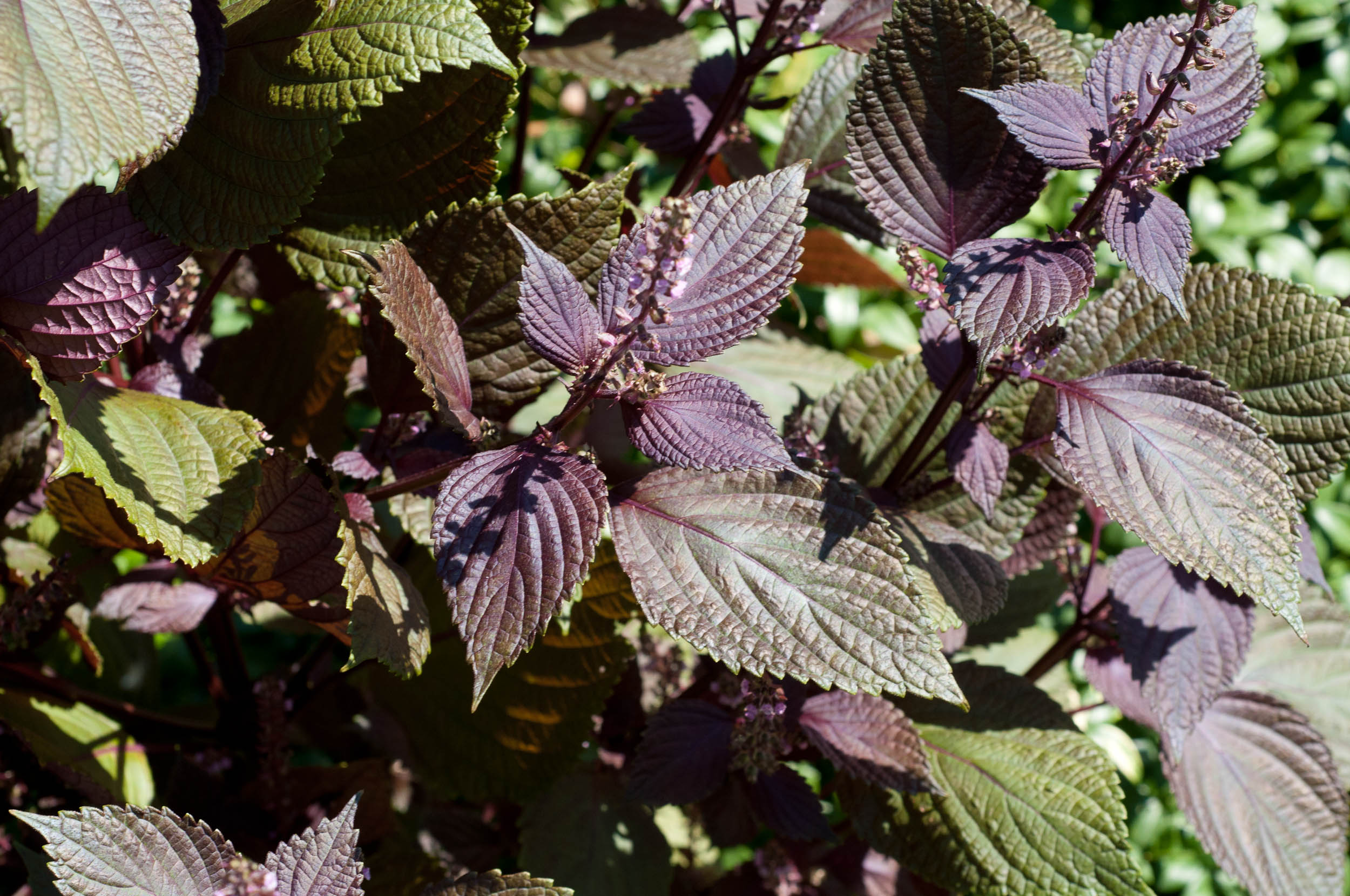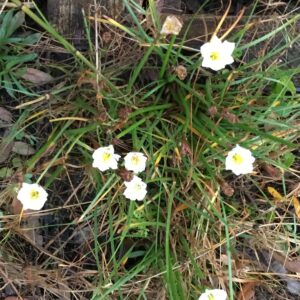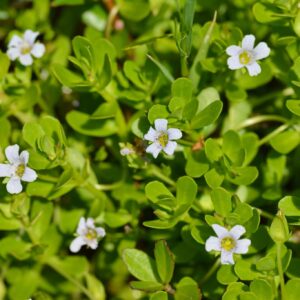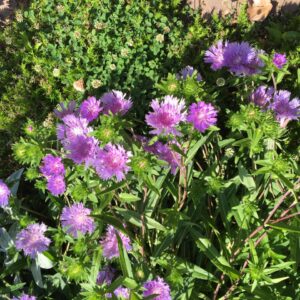$4.00
Non-native Heirloom plant. Waist high. Reseeding annual. Colorful leaves. Attracts bees and songbirds. Used in many cultures as food and medicine.
Description
Perilla is a beautiful carefree heirloom plant that attracts bees and birds to the garden. Though an annual, it self seeds abundantly. Once you have planted it in your garden, it will come back year after year. Don’t worry! It is easy to pull up where you don’t want it. The leaves, flowers and seeds have been used for food, medicine and many other things in Japan, China, India, Korea, Vietnam and Laos for centuries. A quick google will show you how to use any plants that you pull up.
Asian immigrants brought Perilla with them to the USA. Other Americans admired their Perilla and started planting it as an ornamental. Callie Littlejohn shared some of her plants with me in the early 90’s. I have grown it every since. It has naturalized where I have planted it, but it is not invasive. It pops up around the nursery and garden areas, but it has never spread into my woodlands. Whenever, I have found it in the wild, it was always close to an old homesite.
Bees love the flowers and birds (especially cardinals) love the seeds. The burgundy leaves, make its neighbors look even better. My friend Masamichi made a delicious Perilla tempura for me. I love Umeboshi plums (which are dyed with Perilla leaves). I have topped homemade rolls with the seeds. My favorite way to use Perilla though..is in Perilla tea. I came across the recipe years ago while googling…It is very easy..Boil the red leaves..they turn green and the water turns murky (like squid ink). Depressing… Then you squeeze a sour citrus (I pick Calamondins for this) into the tea. As soon as the juice touches the tea it turns a beautiful red. My Mexican friends tell me it reminds them of Jamaica (a hibiscus calyx tea popular in Mexico). It is naturally sweet, but you can add sugar if you want. Not only is it delicious, it calms my respiratory allergies and helps me breathe easy. I prefer it cold. In the winter, I pick the seedheads and chew on them, when I need to.
Plant it in sun or part shade in average to moist soil. It grows great in shelly ground where acid-loving plants die. I have not tested it specifically on acid soil, but I have never seen it fail where I have planted it. Treat it like Basil, pinch it back frequently so that it will stay bushy and leafy all summer long. Let it go to seed in the fall so that you will have more next year. Deer generally avoid it, but if browsing is heavy interplant it with a more deer resistant plant. When the babies come up in the Spring, some of them will have green leaves. Pull up the green ones every year..and you always will have red leaved plants. If you leave the greenies, they will eventually replace the red ones.
The Perilla that Callie shared with us where the frilly-leaved ones. This year we are growing the flat-leaved Perilla, like the ones in the picture. Patricia shared some of her plants with me several years ago. (I have to find out what her last name is.) Paste the links below in your searchbar to find out more about Perilla.
https://www.washingtonpost.com/lifestyle/home/perilla-grow-it-for-looks-then-eat-it-too/2013/10/21/4da86008-3474-11e3-89db-8002ba99b894_story.html?noredirect=on&utm_term=.89eea77766d3
https://www.mastergardenersmecklenburg.org/perilla-p-frutescens-an-interesting-and-valuable-addition-to-the-garden.html
Additional information
| Weight | 0.33 kg |
|---|---|
| Dimensions | 3.5 × 3.5 × 5.5 in |
| Size | 3.5" pot, 1 gallon |







Reviews
There are no reviews yet.